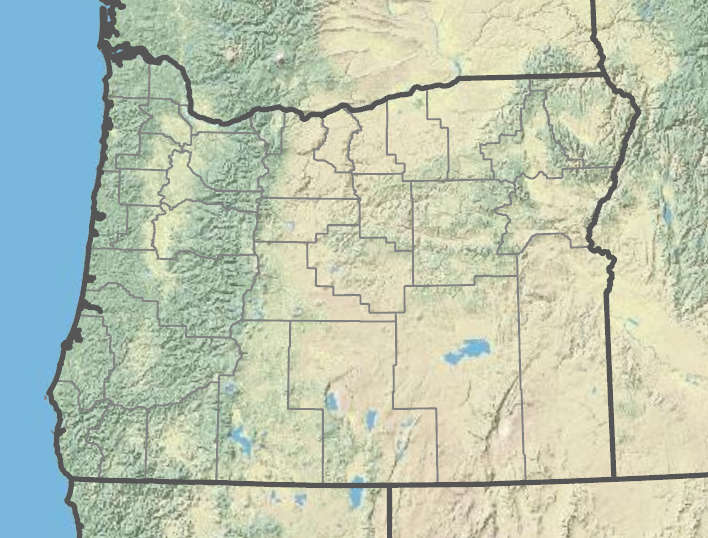Juncus tenuis
Juncus ranarius
path rush, poverty rush, slender rush
frog rush
thin and wiry;
blade flat and slightly inrolled, usually 1–8 mm on early season shoots; dirty white or translucent, scarious; acute or acuminate;
auricles soft and thin.
usually less than 1 mm wide;
stem leaves usually 1–2.
cymes, usually small, 1–6 cm; individual flowers often longer than internodes;
bractlets subtending flowers usually acute (blunt).
cymose;
flowers solitary at nodes.
tepals 6, 3–4.1 mm, green to reddish;
tips acuminate;
stamens 6;
filaments 0.6–1.2 mm;
anthers usually 0.4–0.6(0.8)mm;
styles 0.1–0.3(0.5)mm.
tepals 6, green to light brown;
outer tepals usually 4–5 mm; inner more or less blunt;
stamens 6;
filaments 0.7– 1.5 mm;
anthers 0.4–0.8 mm;
styles 0.3–0.4 mm.
usually 2.5–3 mm; more than 75% the length of; and shorter than the tepals, pale brown;
apex usually blunt (acute), not crested, 1-chambered.
usually truncate (blunt to subacute); (shorter than) more or less equaling inner tepals, brown, 1-chambered.
0.4–0.5 × 0.2–0.25 mm, apiculate.
0.35–0.5 × 0.25–0.35 mm, apiculate.
=40, 80.
=34.
Juncus tenuis
Juncus ranarius
Shores, swales, springs, dune hollows, wet woods, marshes, damp paths, ditches, cranberry farms, moist disturbed sites. 0–1800m. BW, Casc, CR, Est, Lava, Sisk, WV. CA, NV, ID, WA; throughout most of North America. Native.
Juncus tenuis is usually much smaller than Juncus anthelatus. The blunt unridged capsules separate J. tenuis from J. confusus, J. occidentalis, and J. trilocularis.
Moist clay, stream banks, disturbed wet ground. 0–2000m. BR. CA; scattered across North America; North Africa, Eurasia. Exotic.
Juncus ranarius is similar to J. bufonius, as well as Eurasian J. ambiguus, a misapplied name in our flora. The taxonomy of these species is controversial (Balslev 1996), and the complex needs worldwide revision. It is presumably exotic in North America and easily overlooked.
Peter Zika
Peter Zika
- Local floras:
BC,
CA,
OR,
WA
- Local Web sites:
CalFlora,
CalPhotos,
Flora NW,
PNW Herbaria
WildflowerSearch
iNaturalist (observations)
USDA Plants Database
- LBJ Wildflower Center
- SEINet
- Plants of the World Online
- Encyclopedia of Life
- Wikipedia
- Google Image Search


